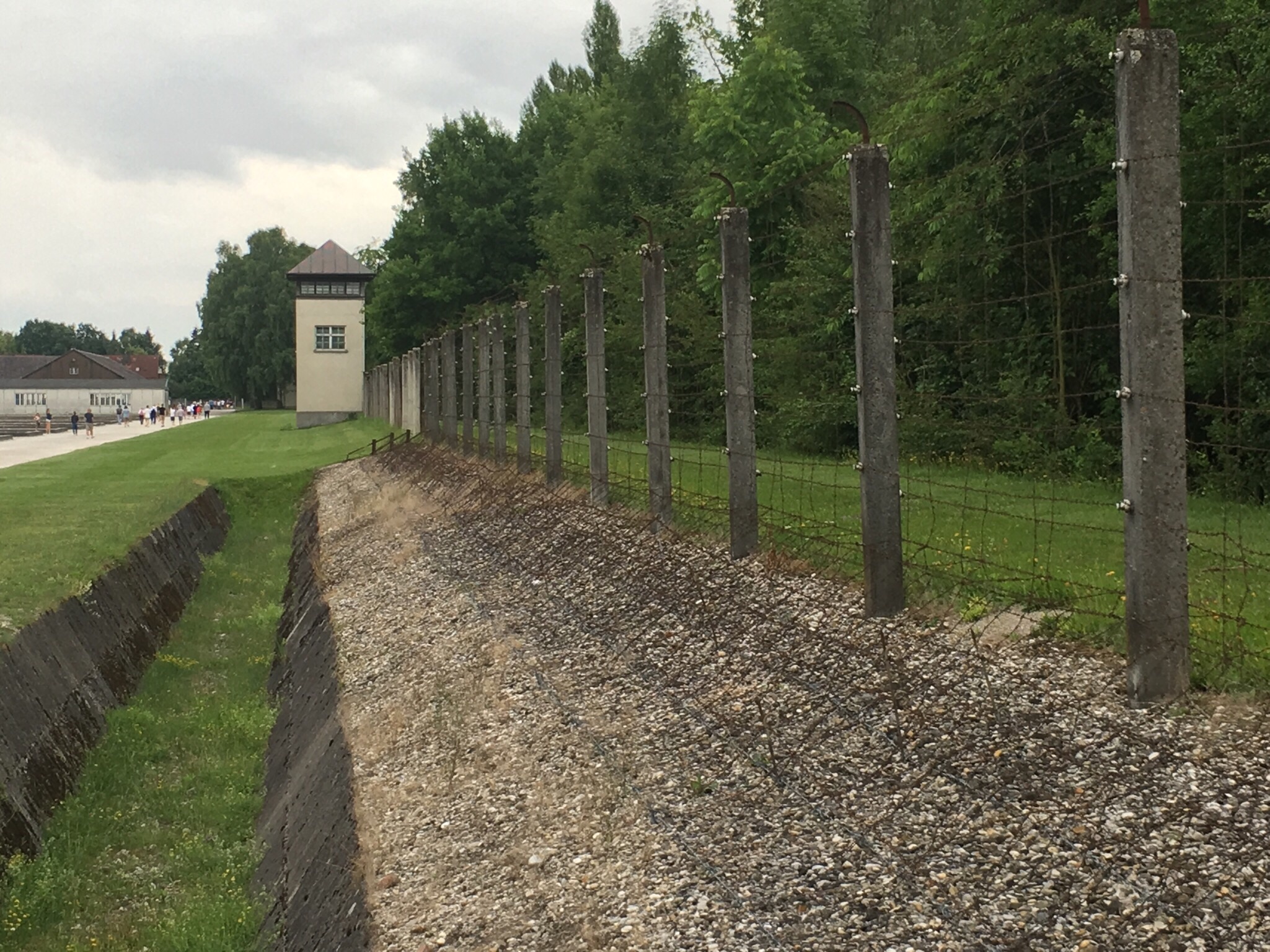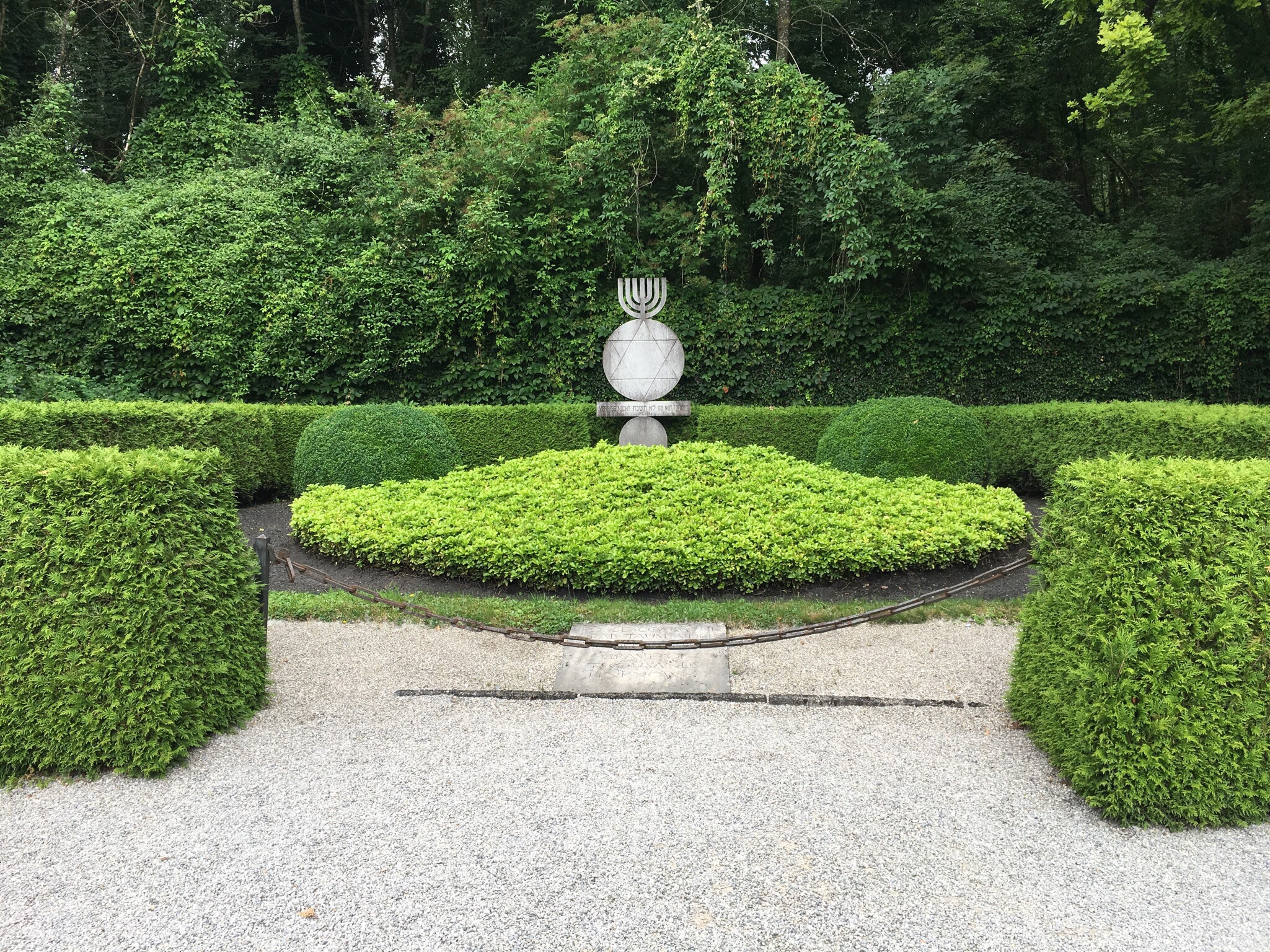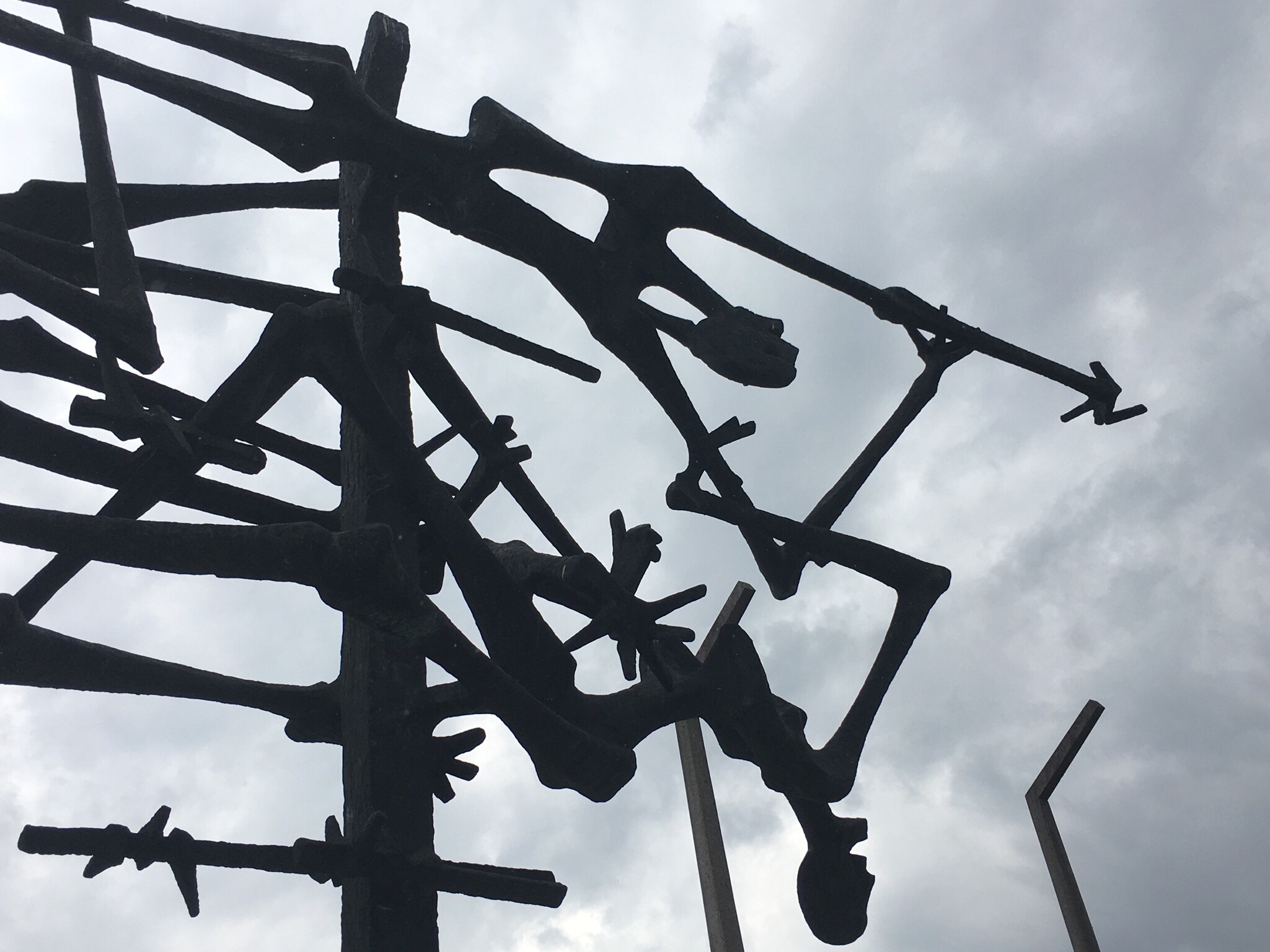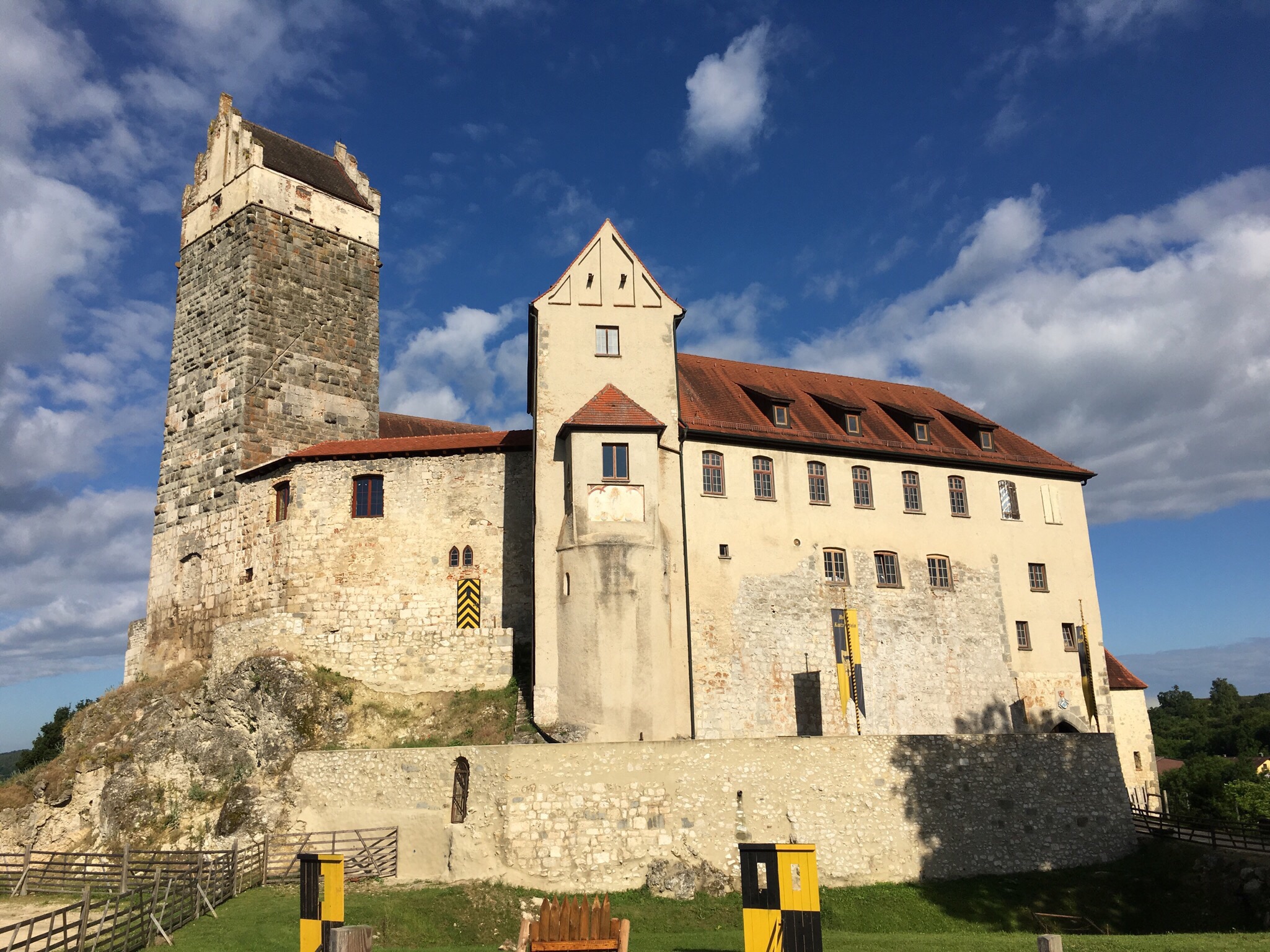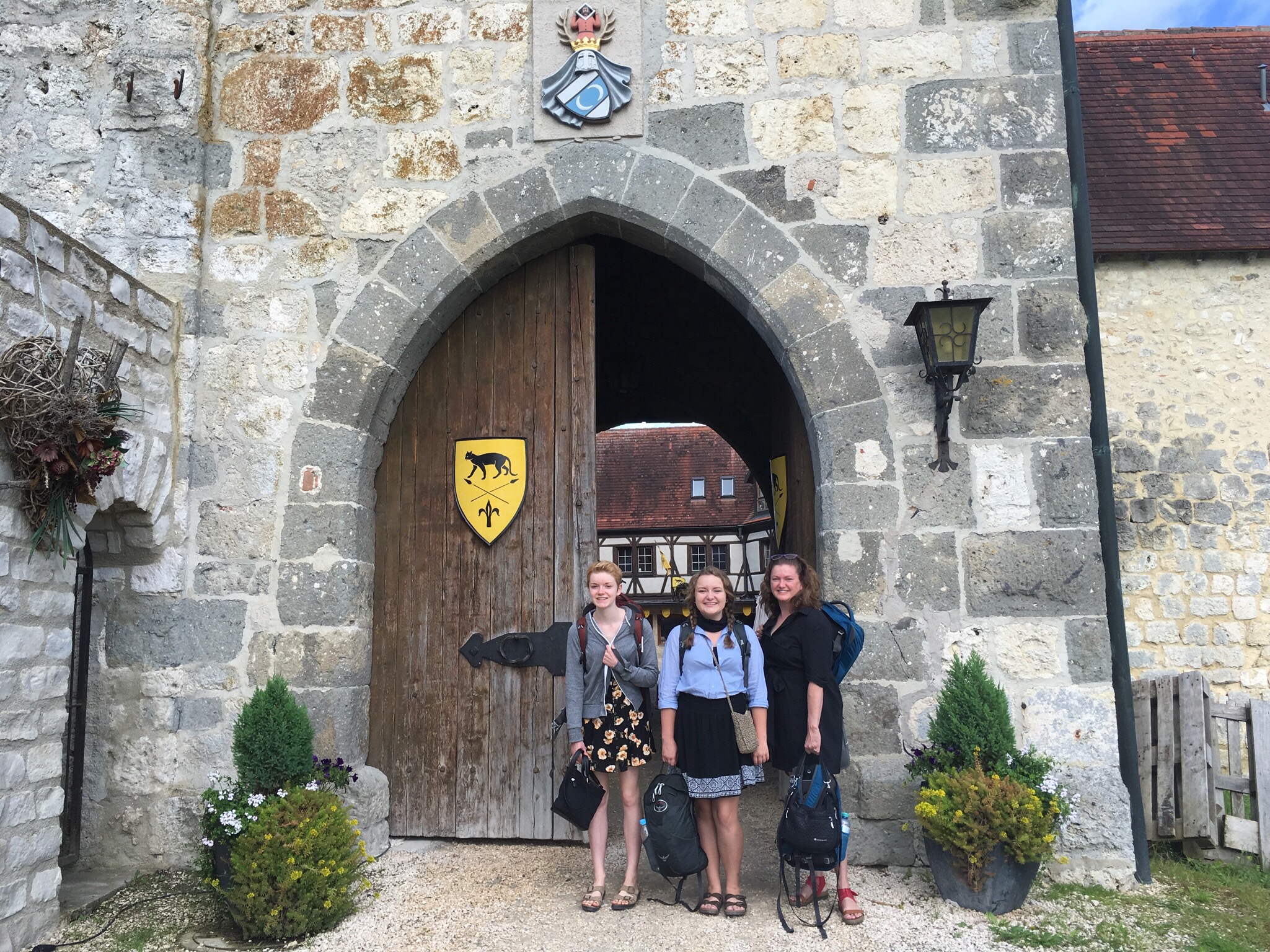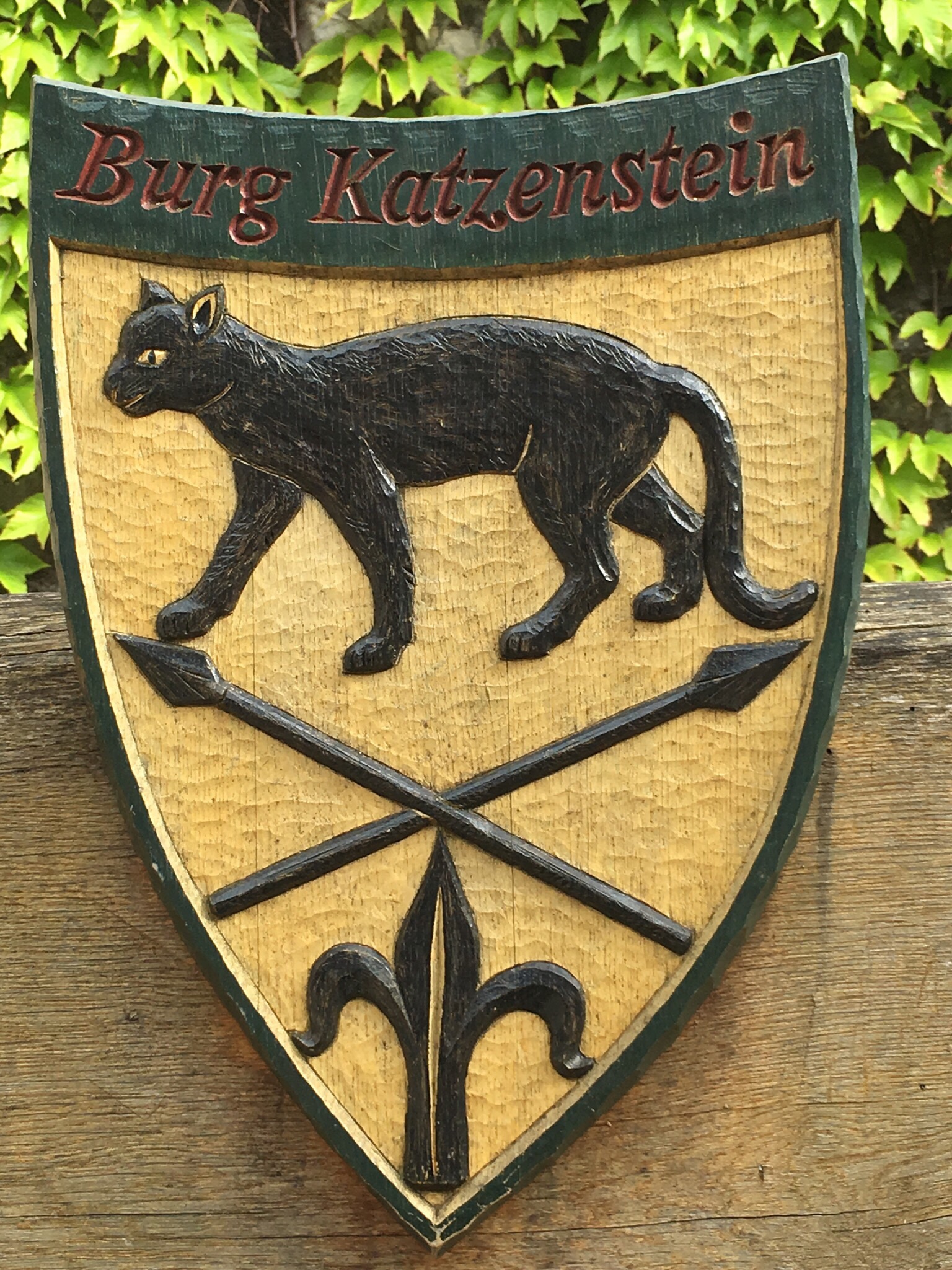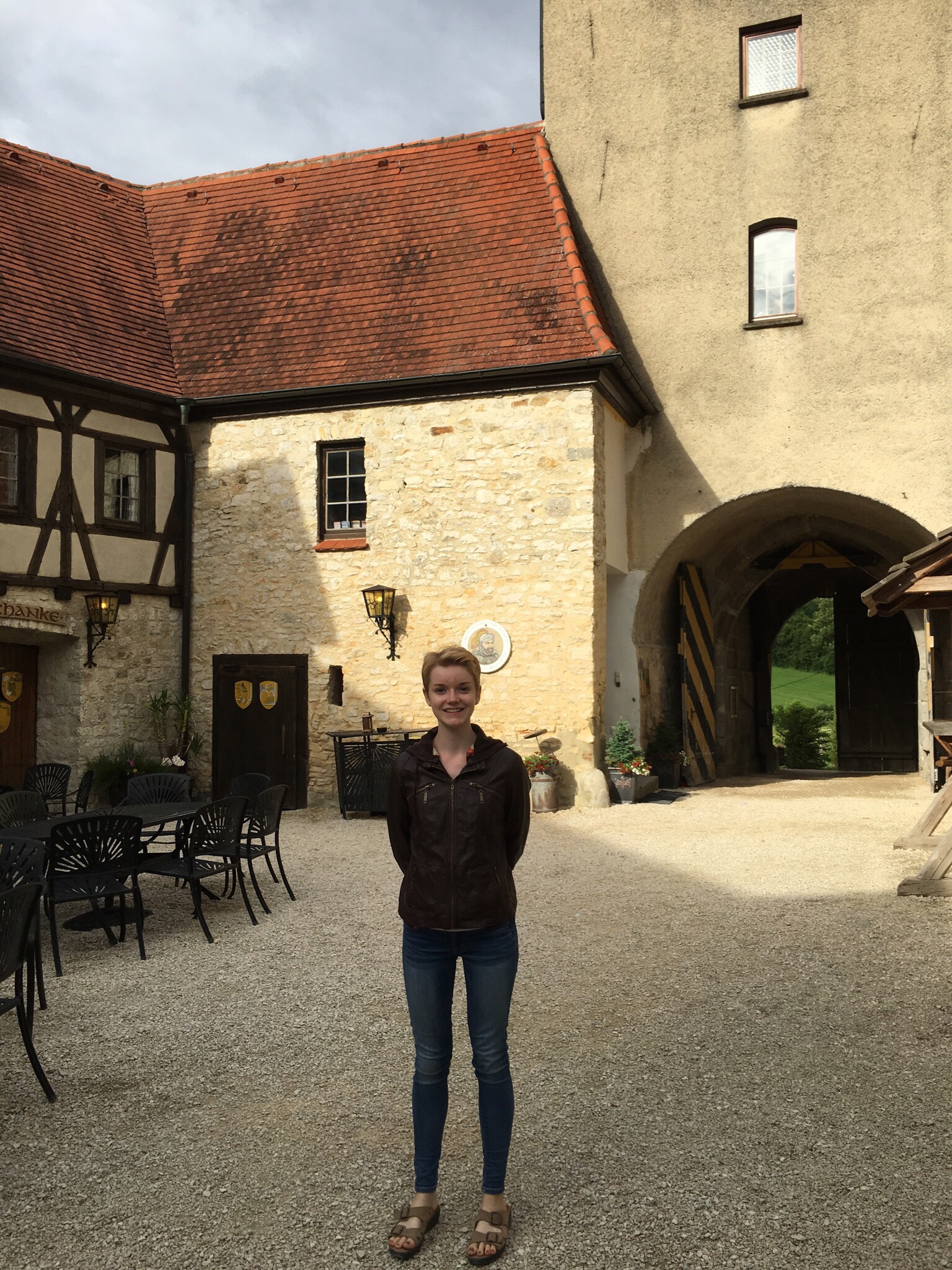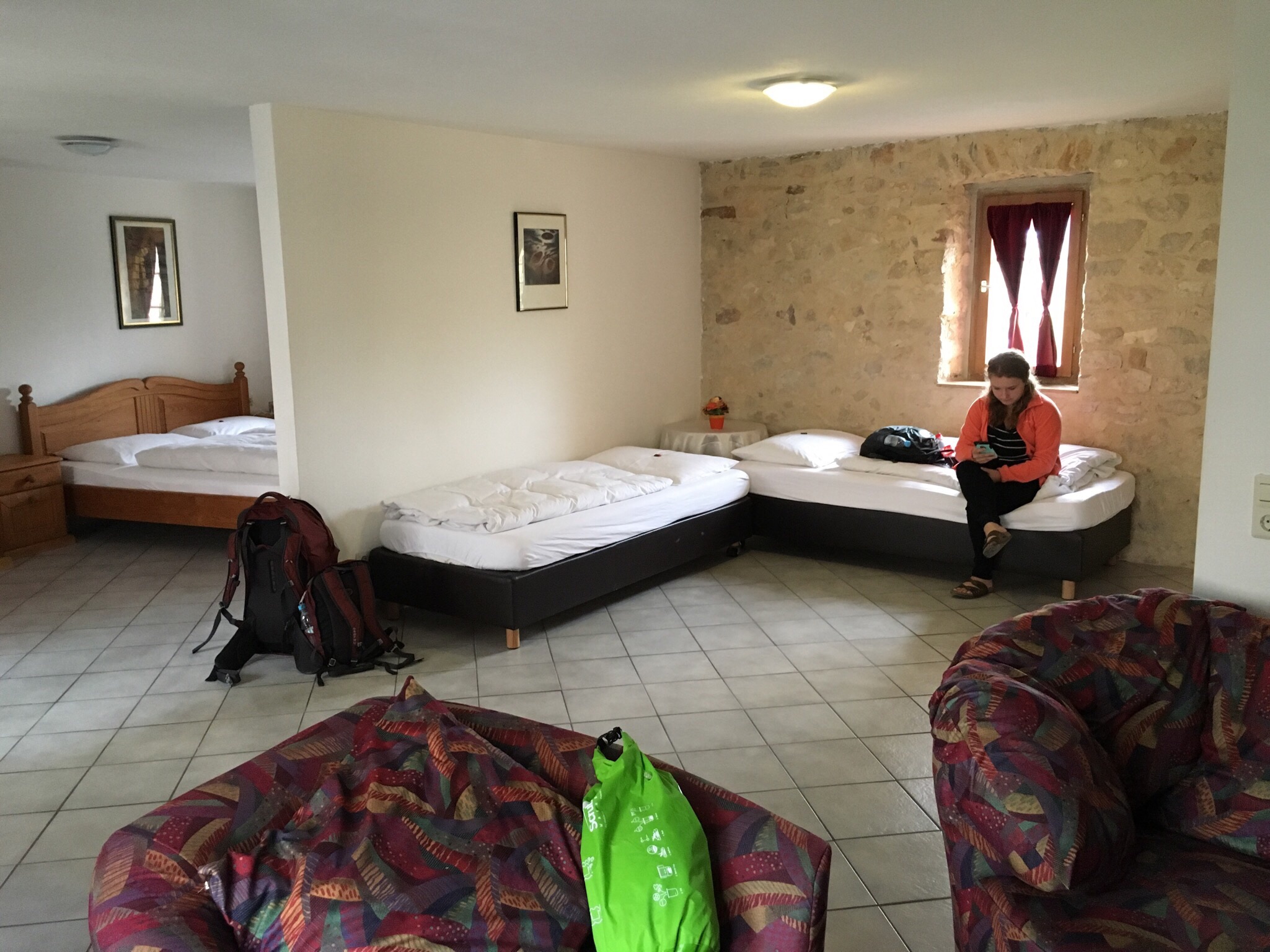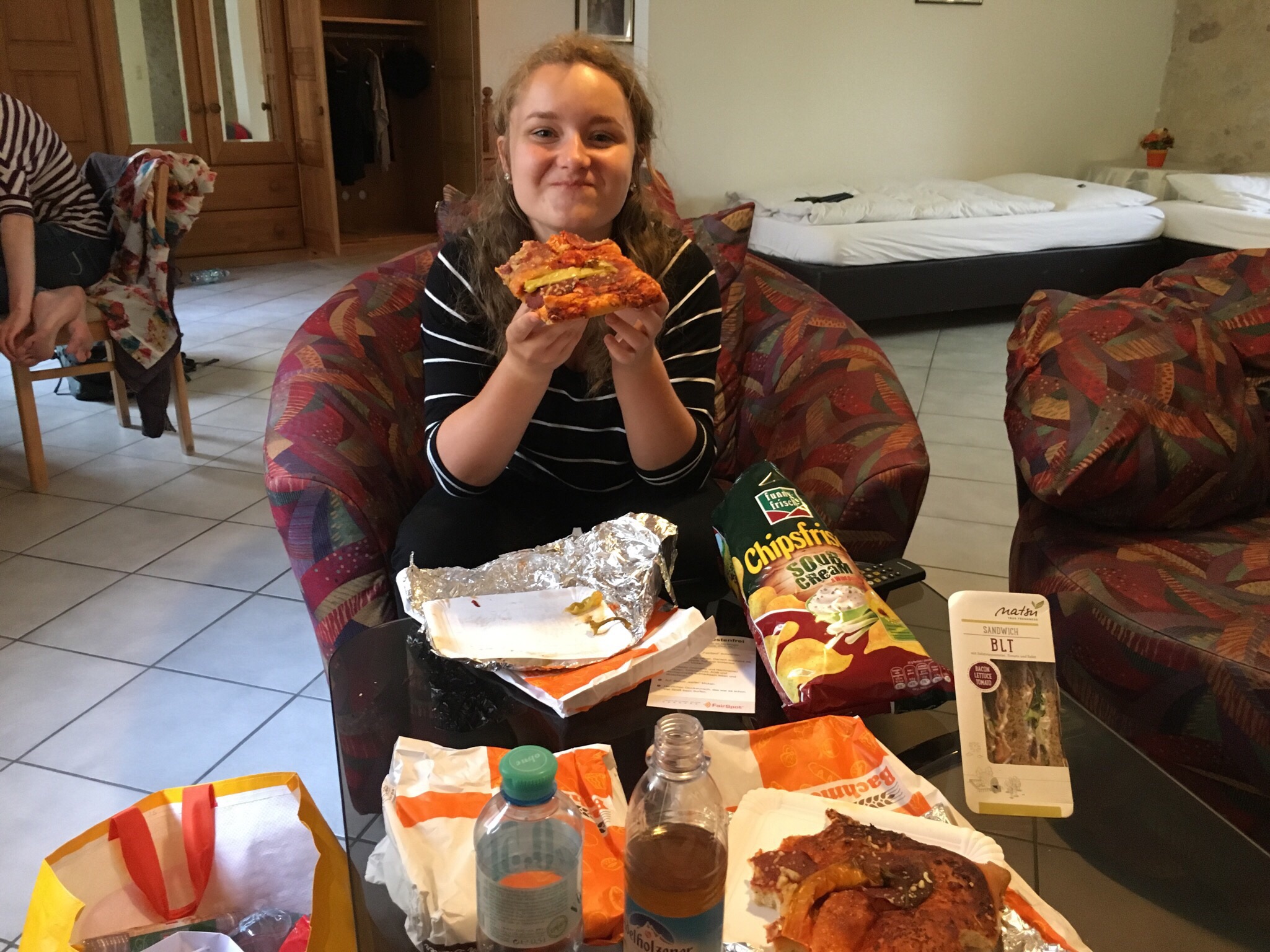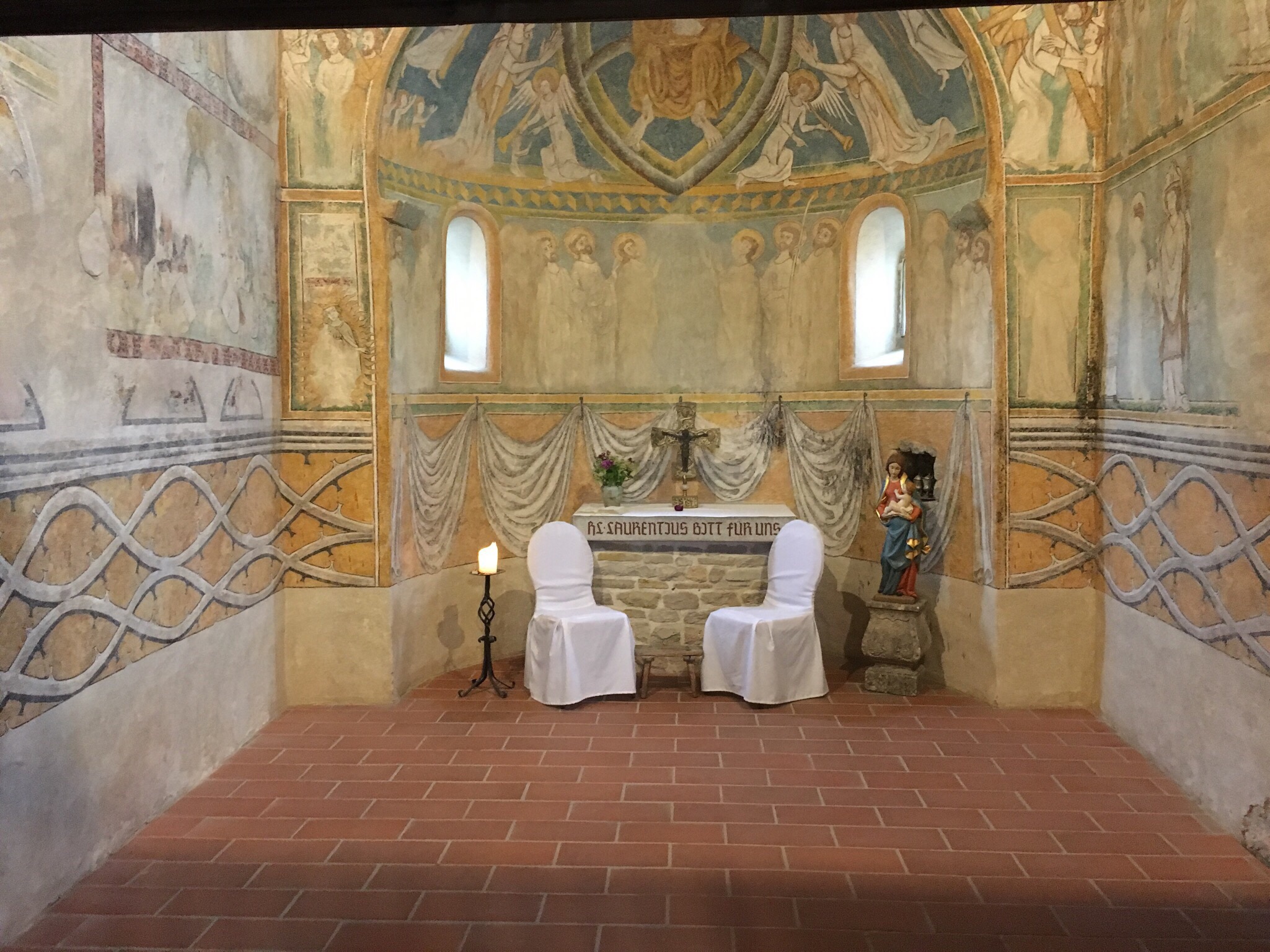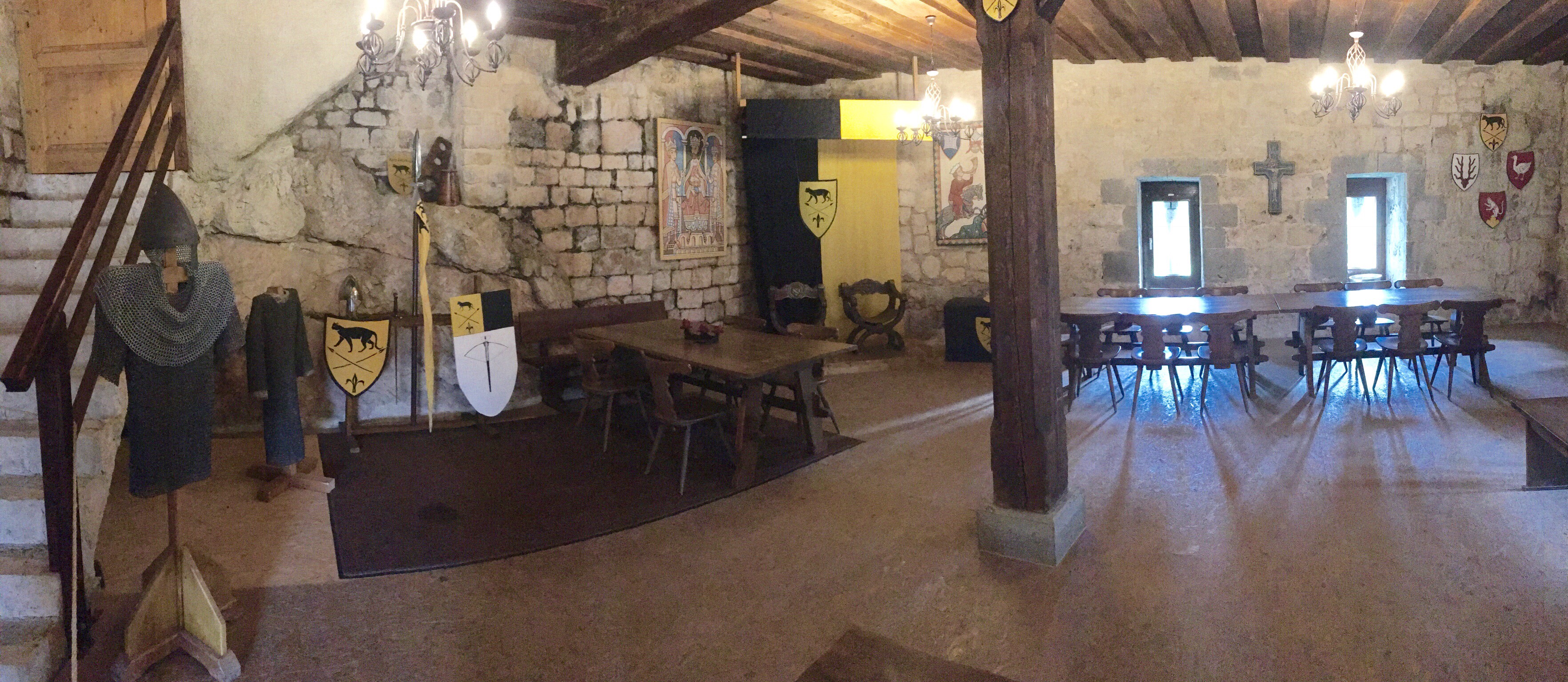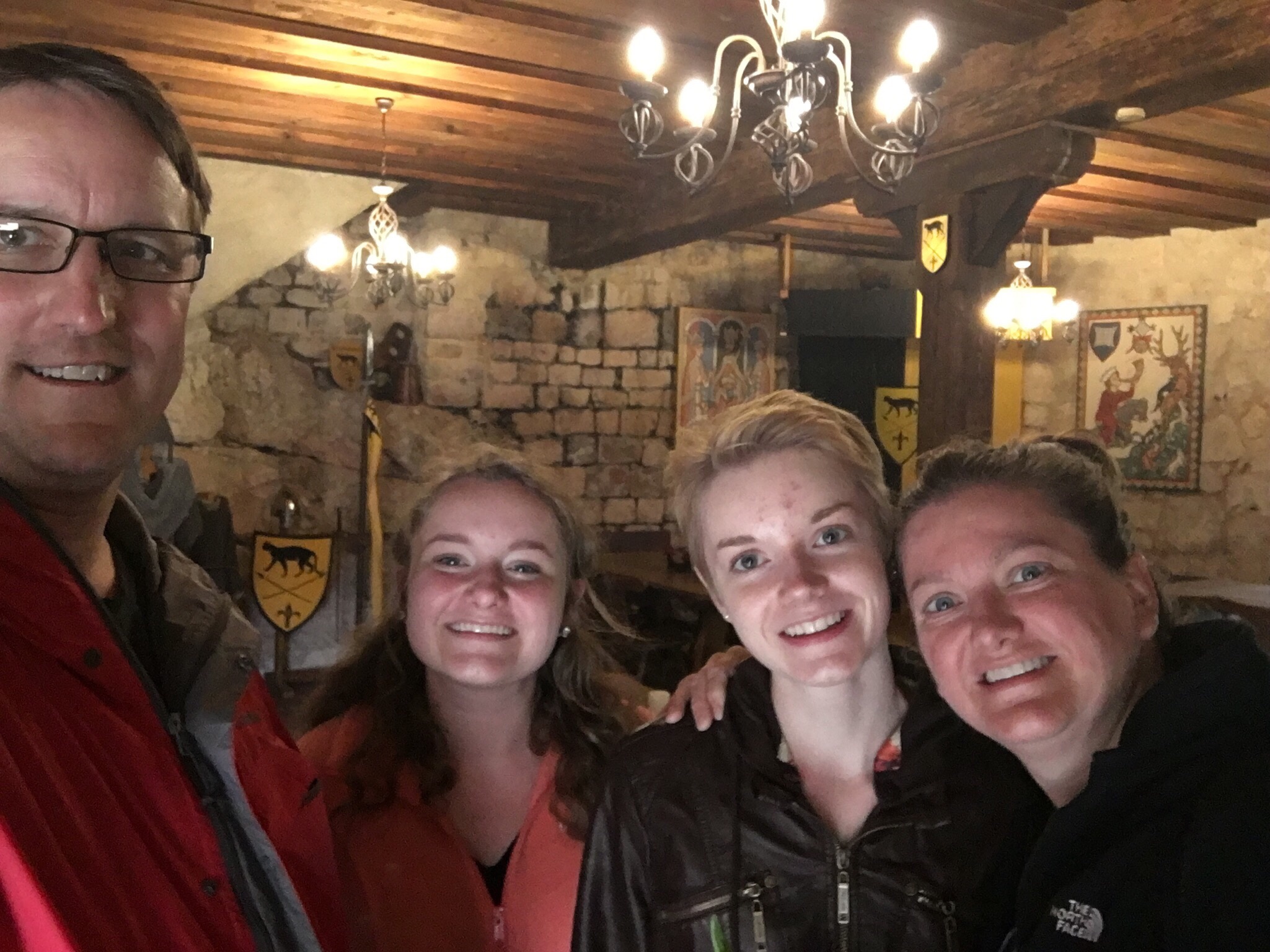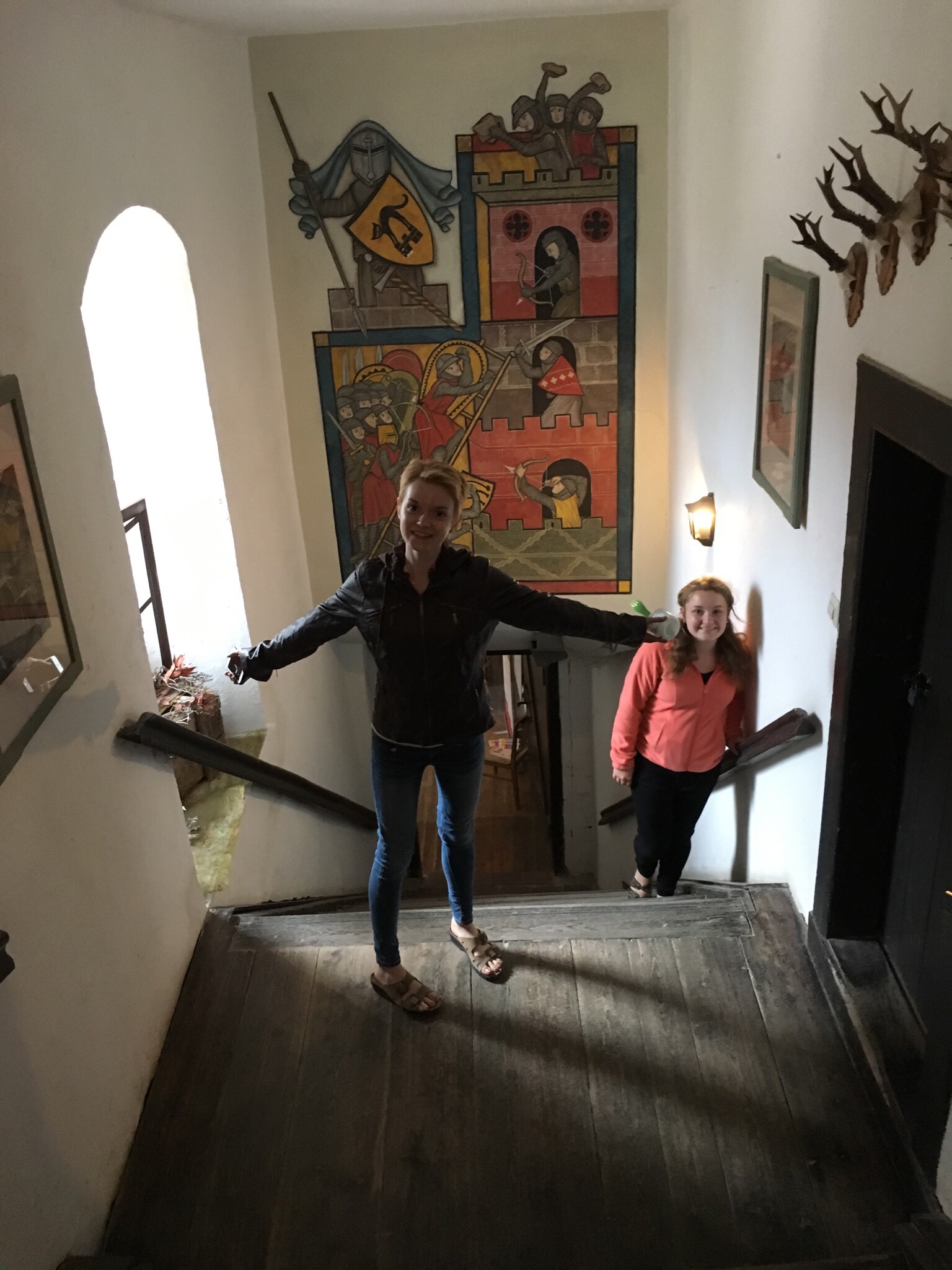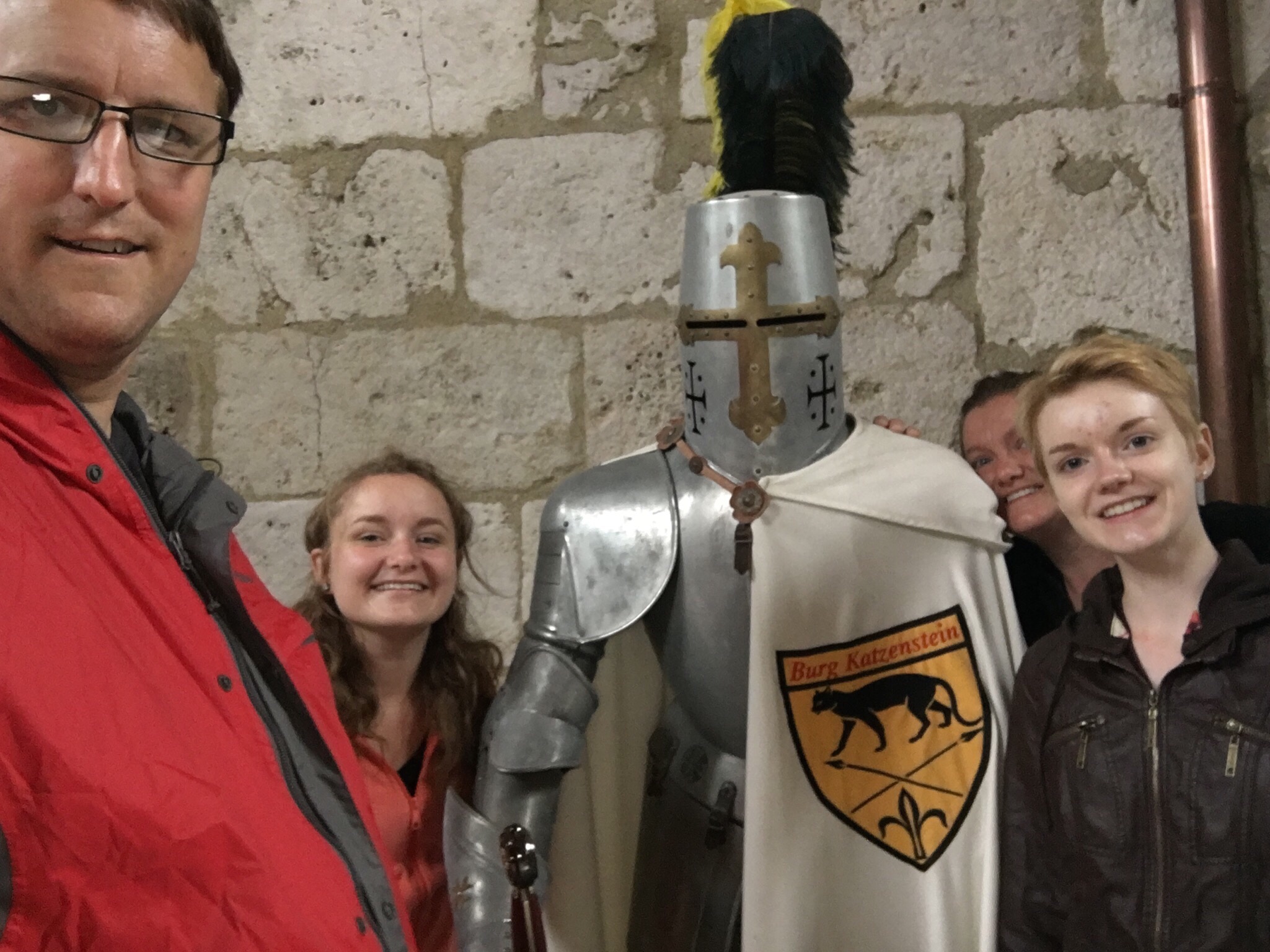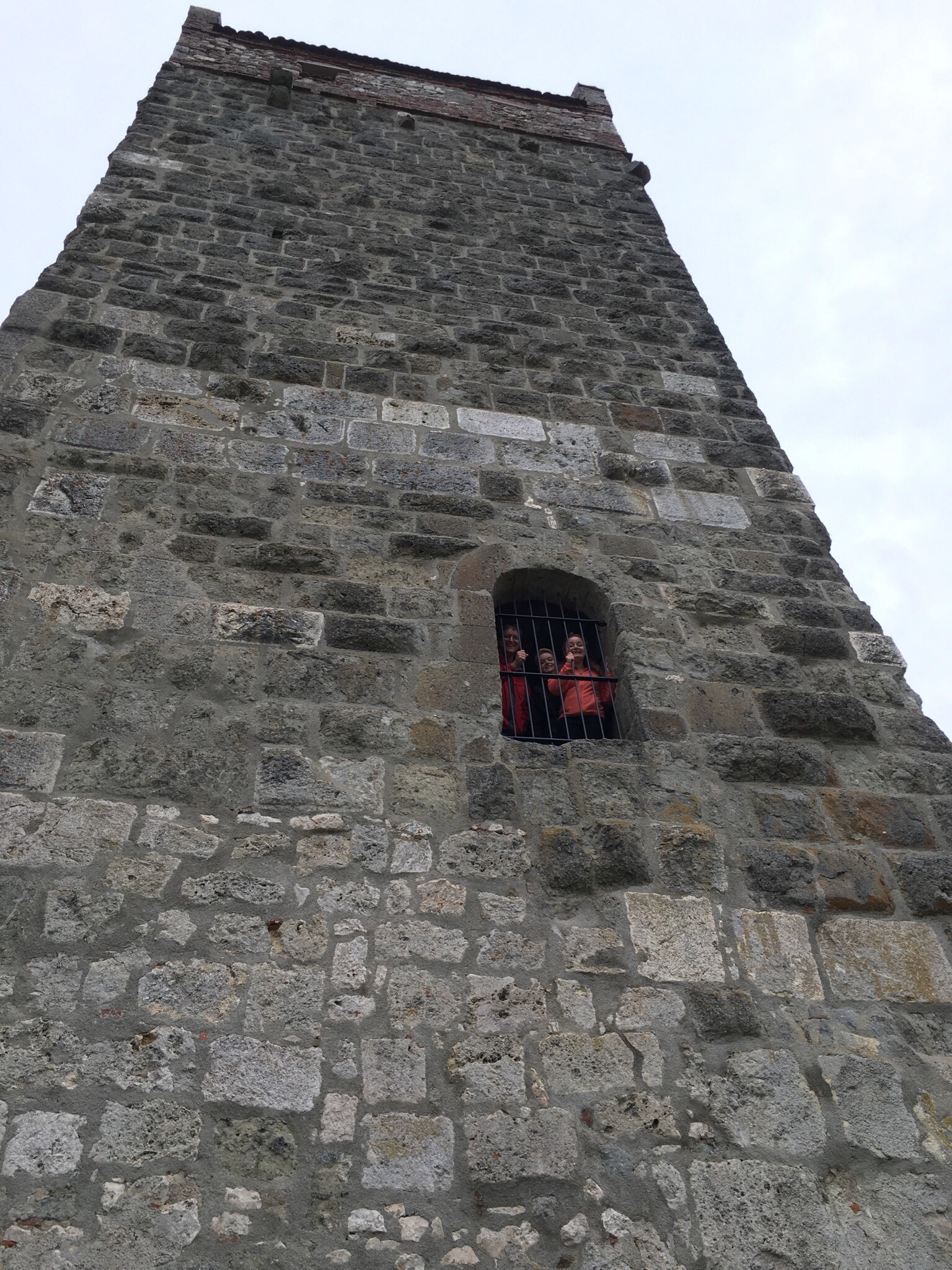Dachau
Elie Wiesel died today, and today we visited Dachau. I’ve taught Wiesel’s short novel Night to high school sophomores,and my own children read it during middle school. As complicated and controversial as Wiesel’s life became, my primary connection comes from seeing young people who did not see themselves as readers approach the Holocaust for the first time through his writing. It was powerful, and walking the steps prisoners took at Dachau (although it was not one of the camps in which he was imprisoned) seemed a fitting tribute to Wiesel and any survivor. In today’s world where we watch the news from back in the United States and just sit incredulous as how we treat one another (at the time we write to post this, it is a week where hate and death are at the forefront), it is important to remember humanity’s past mistakes and consider what people are capable of doing when they see others as less, or as something inherently dangerous or different, than themselves.
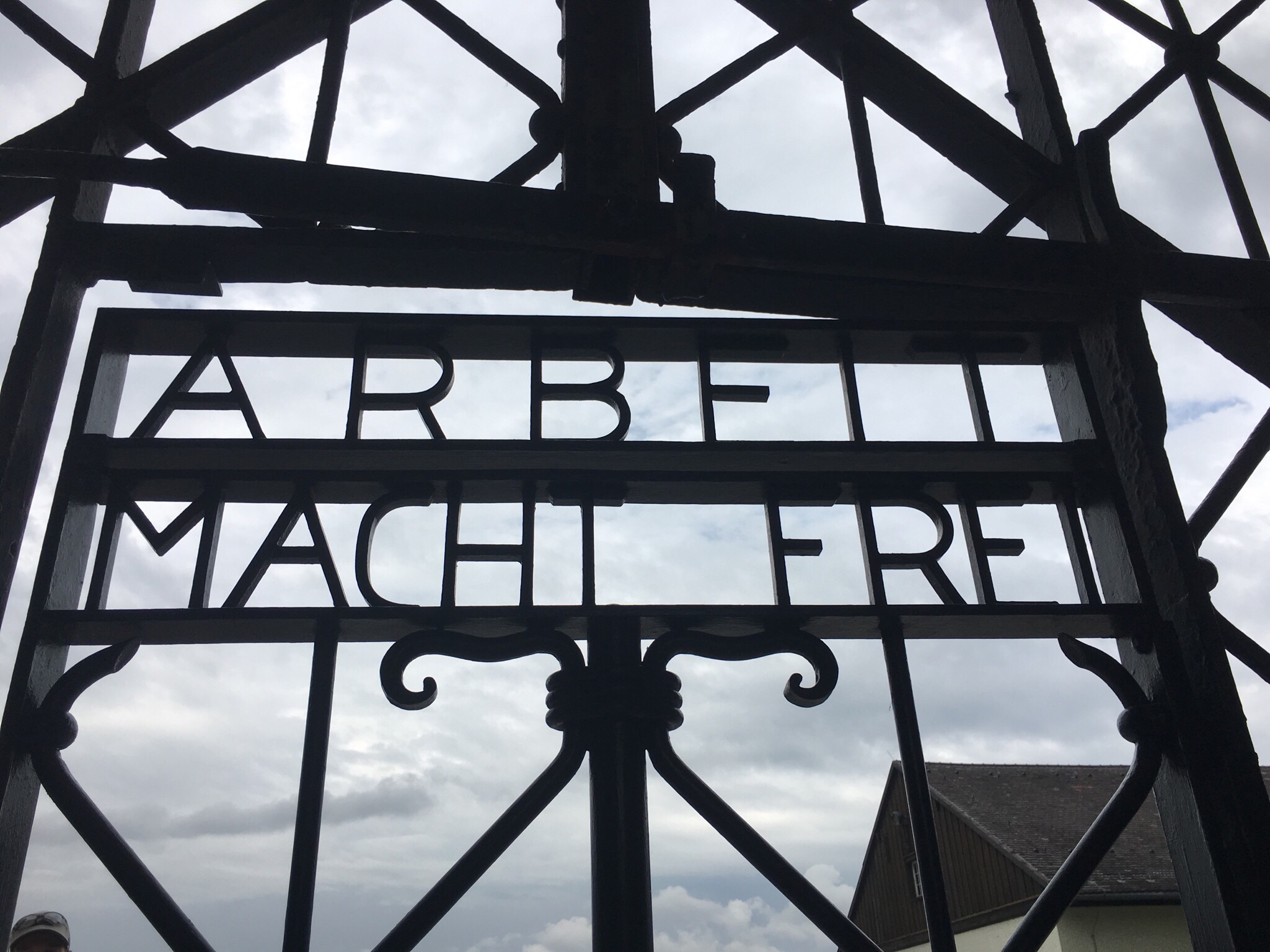
Work will set you free: twisted words in the context of camps where prisoners arrived, worked, and died
Dachau sits on the site of an old munitions factory. In 1933, Heinrich Himmler, then the Chief of Police in nearby Munich, opened it as a small space for political prisoners. Over the years, the camp grew to accommodate more prisoners. It remained a work camp until the end of WWII. It was never specifically a death camp, and women and children were never processed here. However, after the Nurenberg Laws in 1935, Jehovah’s Witnesses, homosexuals, emigrants, and Jewish prisoners who were able to work were eventually processed along with those imprisoned for political reasons. Officially, 40,000 people died before Americans liberated the camp in 1945 (this includes 4,000 Soviet prisoners who were marched into camp and immediately killed). The actual number of deaths is assumed to be much higher. By the end of the war, starvation and disease killed so many people each day, the crematory could not keep up, and bodies were stacked in the nearby woods. When the camp was taken by American forces in 1945, the military was so horrified by what they found that they made the entire down of Dachau walk through and witness what was happening just beyond their doors. The memorial exists today because Dachau’s survivors insisted it needed to be preserved so others would not forget what happened here.
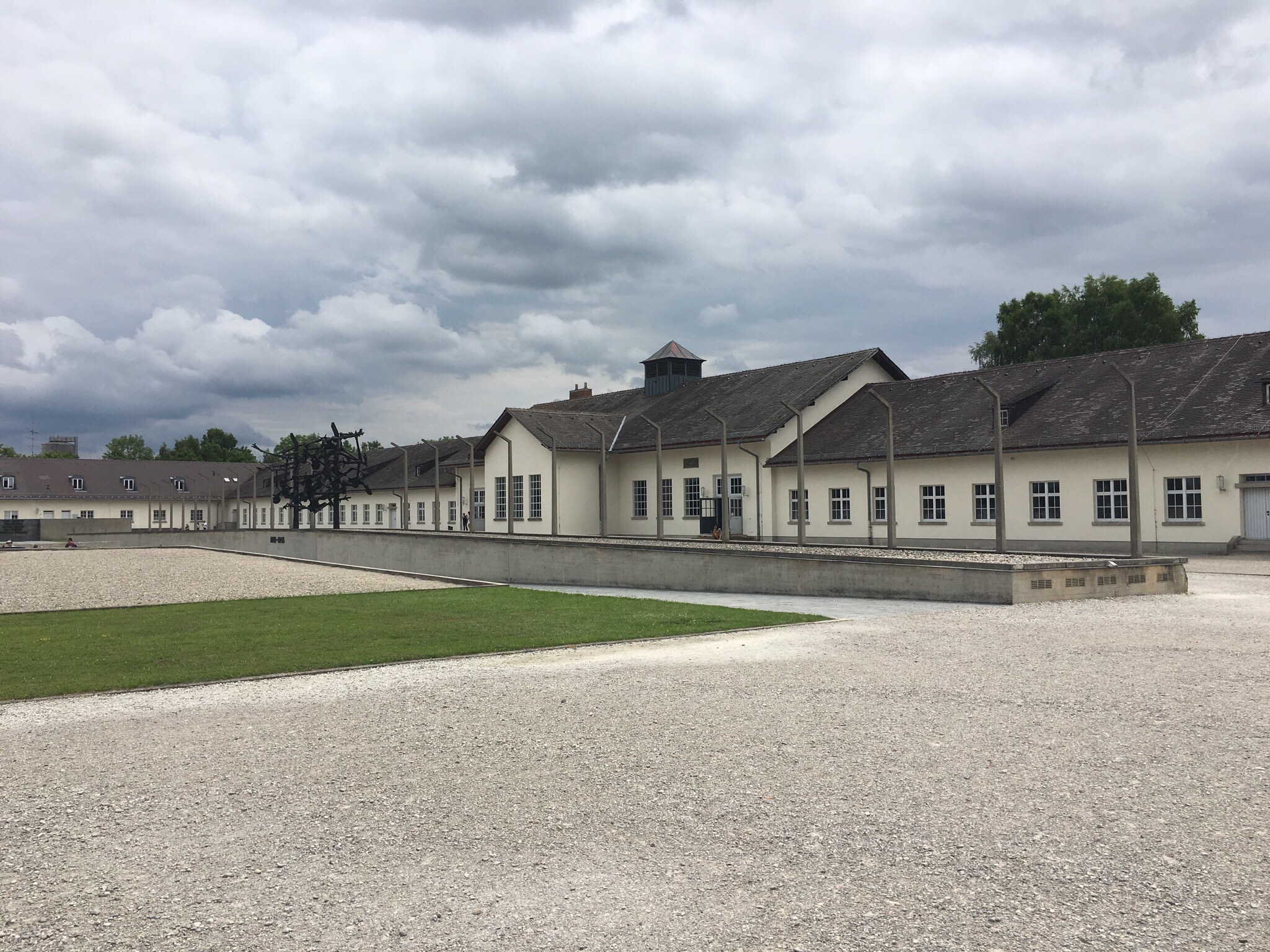
Prisoners would first walk into this building upon arrival to give up all of their belongings and receive a number and a badge
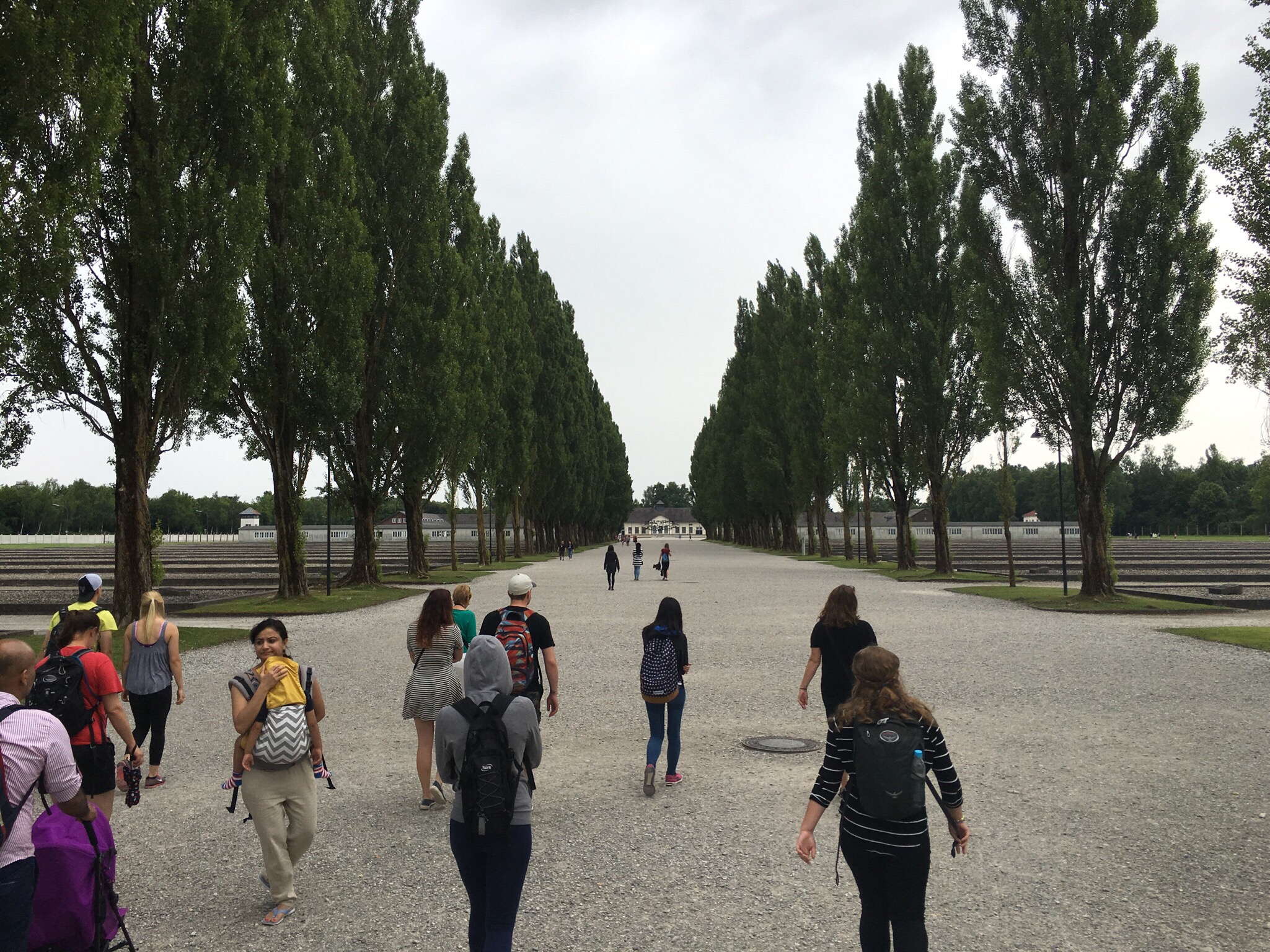
The Jewish prisoners were put in the back of the complex, which made for a long walk to get food or use a toilet. If you lived in the back, your lifespan was typically shorter than those near the front.
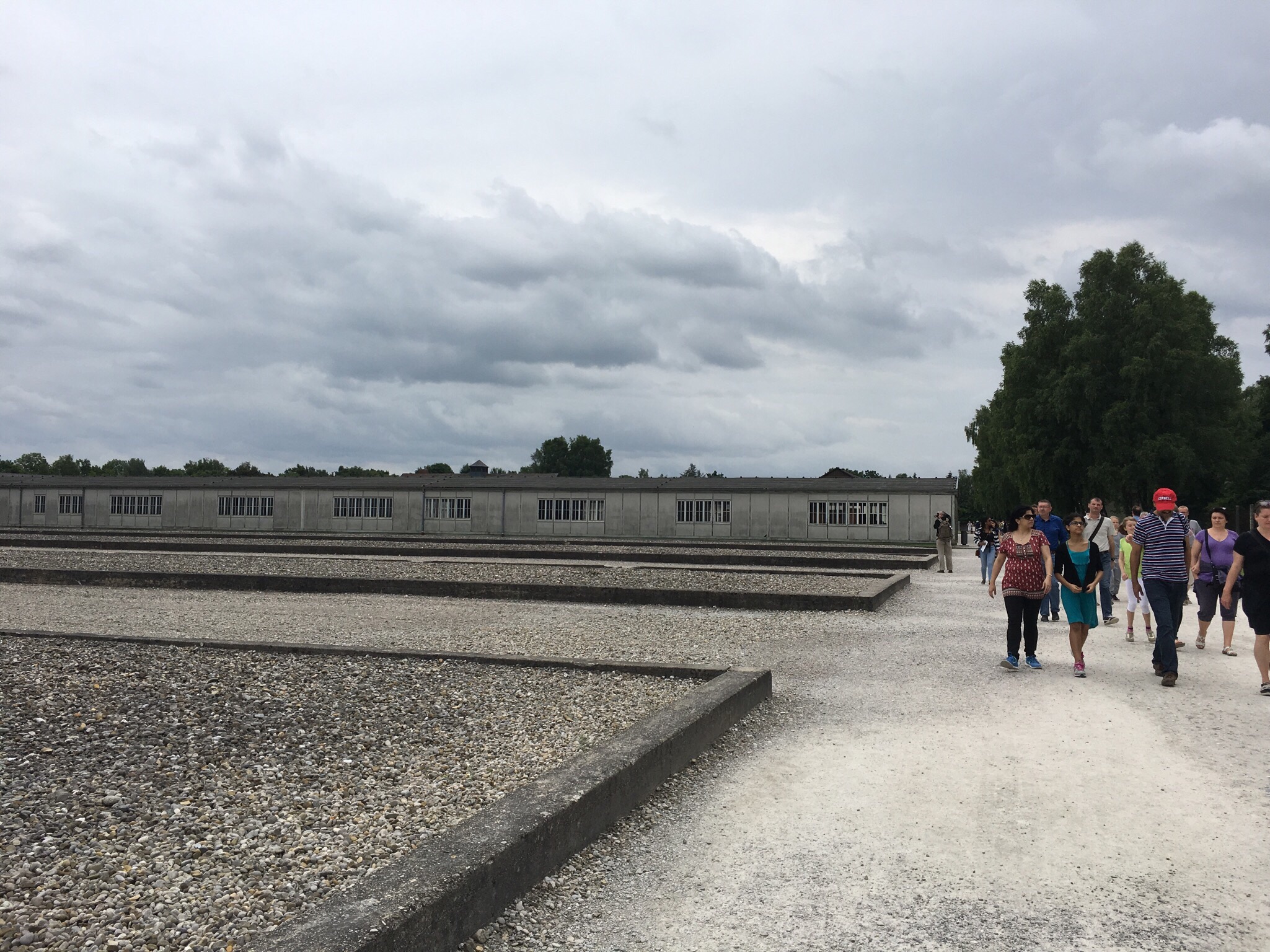
The original barracks were hastly built — only the foundations remain. In the distance is a replica of what they looked like

The barracks changed over time to house more and more prisoners. This is what the sleeping quarters looked like toward the end of the war
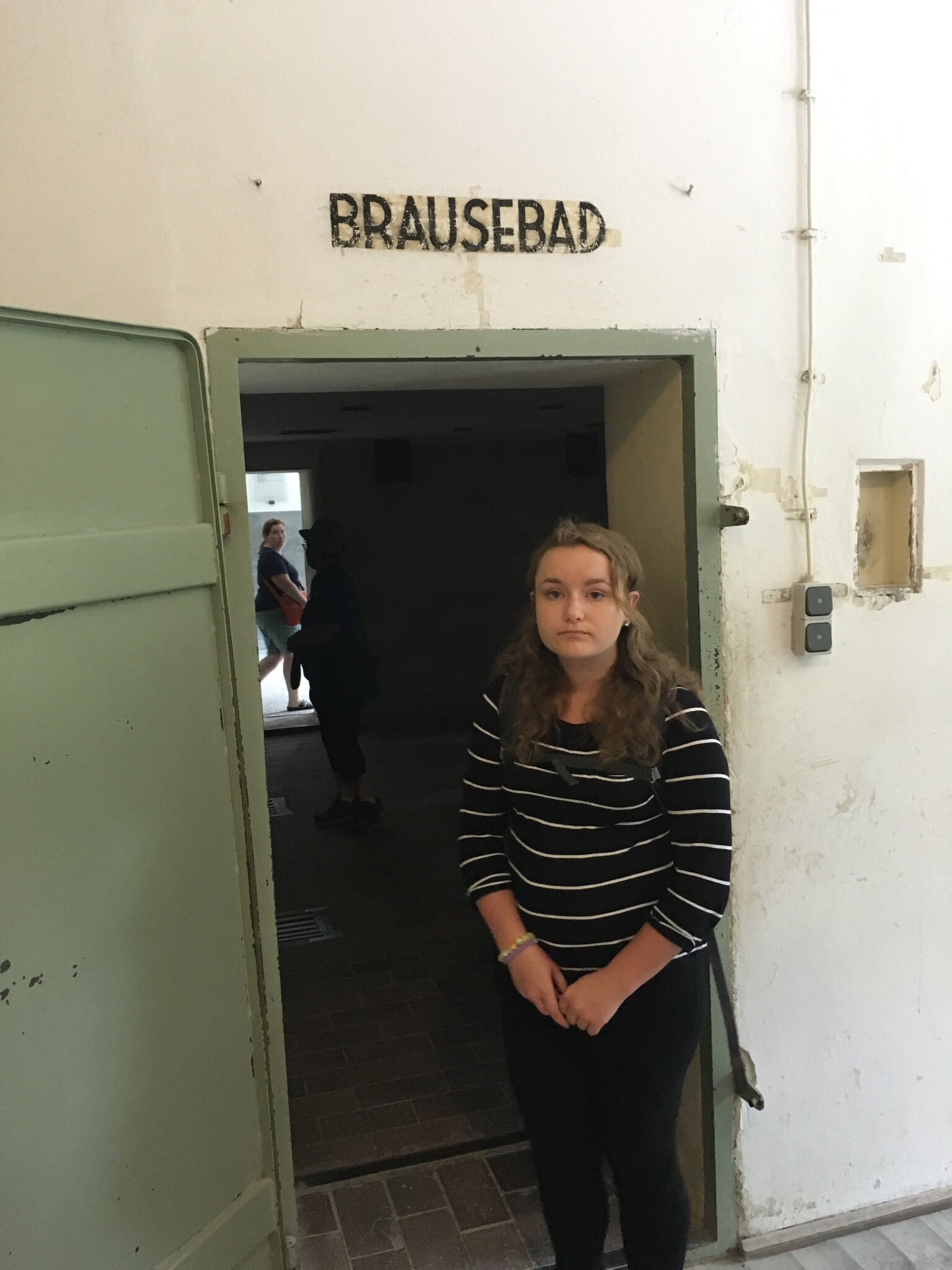
Entrance to one of the gas chambers — Fortunately, this room was never used at Dachau, but no one is exactly sure why

The crematory, however, was used. More than 40,000 prisoners officially died at Dachau, but with more than 200,000 prisoners officially processed, the actual number of deaths at the camp is unknown.
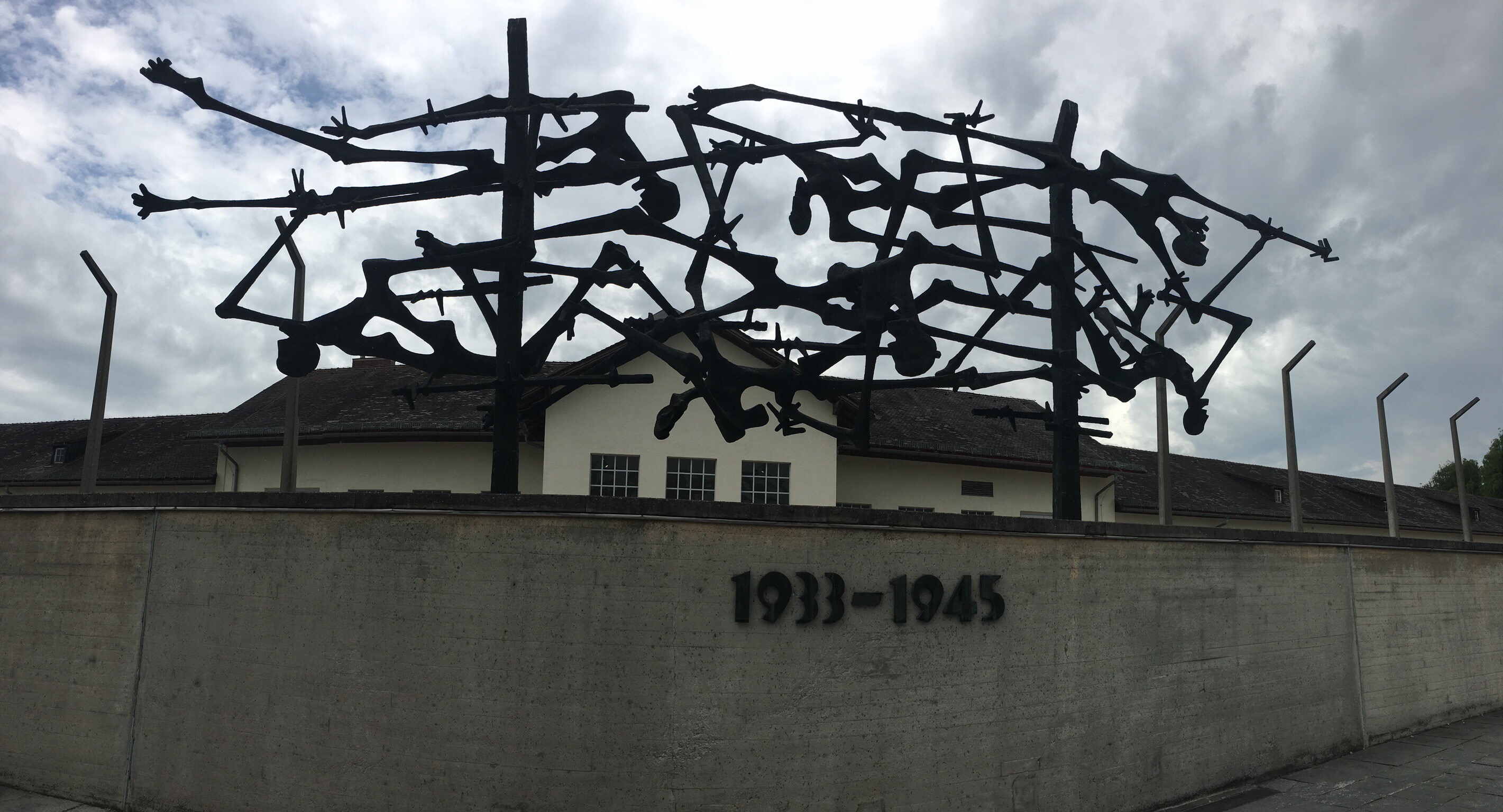
Memorial sculpture from 1968. It is easy to see the figures are in agony and twisted with the barbed wire, but notice they are also holding hands
Touring Dachau was an important experience. We left feeling quiet and unsettled. Reviewing the photos, I even paused deciding which were appropriate for a public post. Dachau’s history includes the humiliating and inhumane deaths of so many. It felt potentially intrusive to take pictures and make public the places and means of their deaths. However, the memorial site exists to do just that: to make public the events that happened here. So many years later, I would hope this would not be necessary. However, when I read of Elie Wiesel’s death, I searched the Internet for his name to remind myself in which camps he was held. One of the links on the first page questioned him, his motives in writing about the Holocaust, and the validity of the Holocaust itself. Therefore, while it may first feel inappropriate posting public pictures of places where people suffered and died, I am posting them. Obviously, the world has not yet come to a full understanding and is not yet at peace with its history.
We had an hour and a half drive to our next stop, and it turned out to be a welcome rest for the night.
We rented a car in Dachau so we could access a few of Germany’s smaller towns. Our first overnight in rural Germany was at Burg Katzenstein, a castle that housed knights as early as 1095, was severely damaged in 1648 during the Thirty Years’ War, and was eventually purchased by private owners and renovated for vacationers.
The owners were very friendly and gave us a quadruple room. It was so much space compared to what we have had so far.
We explored the castle on our own and had fun poking around the rooms and corridors.


